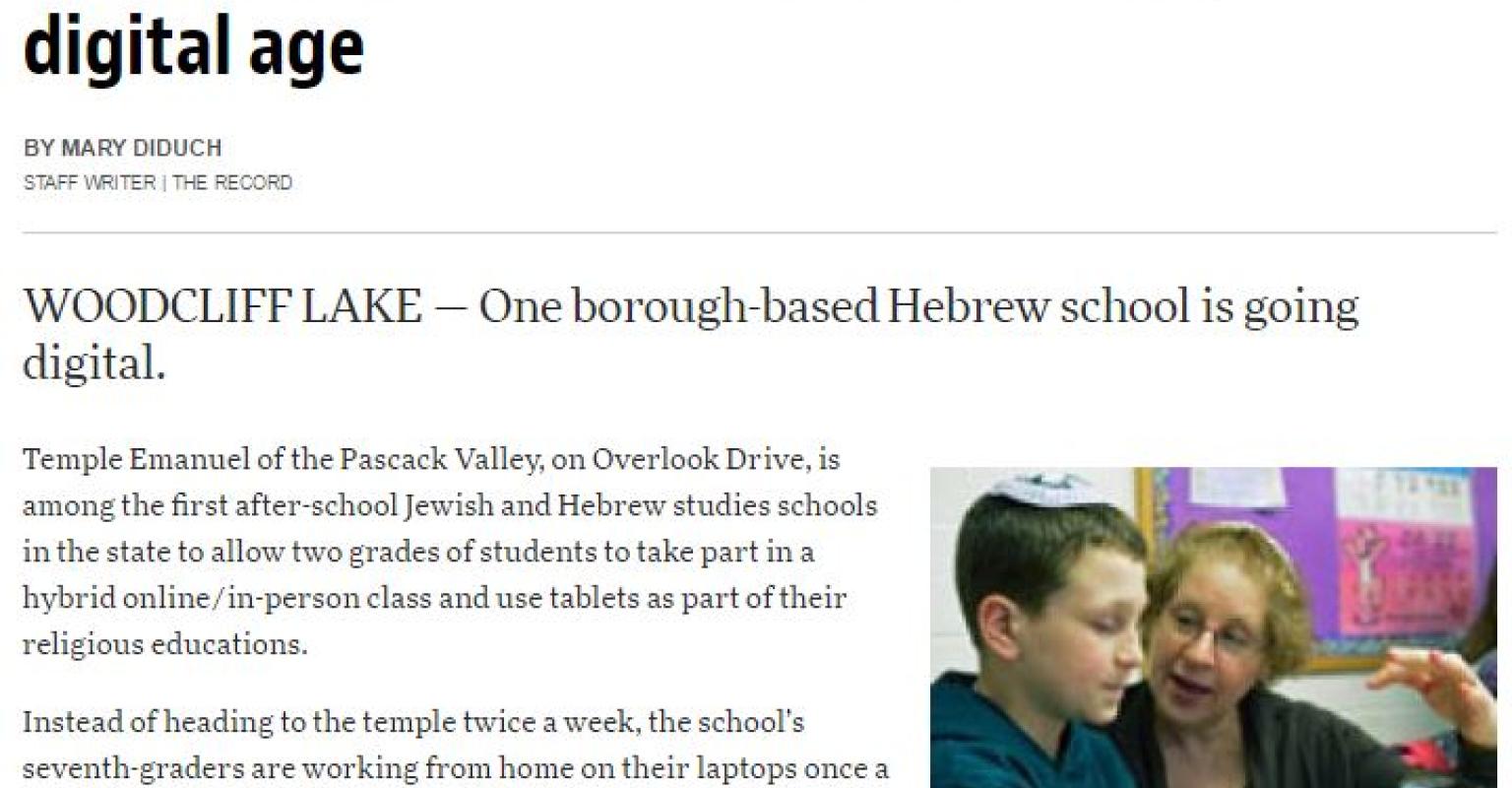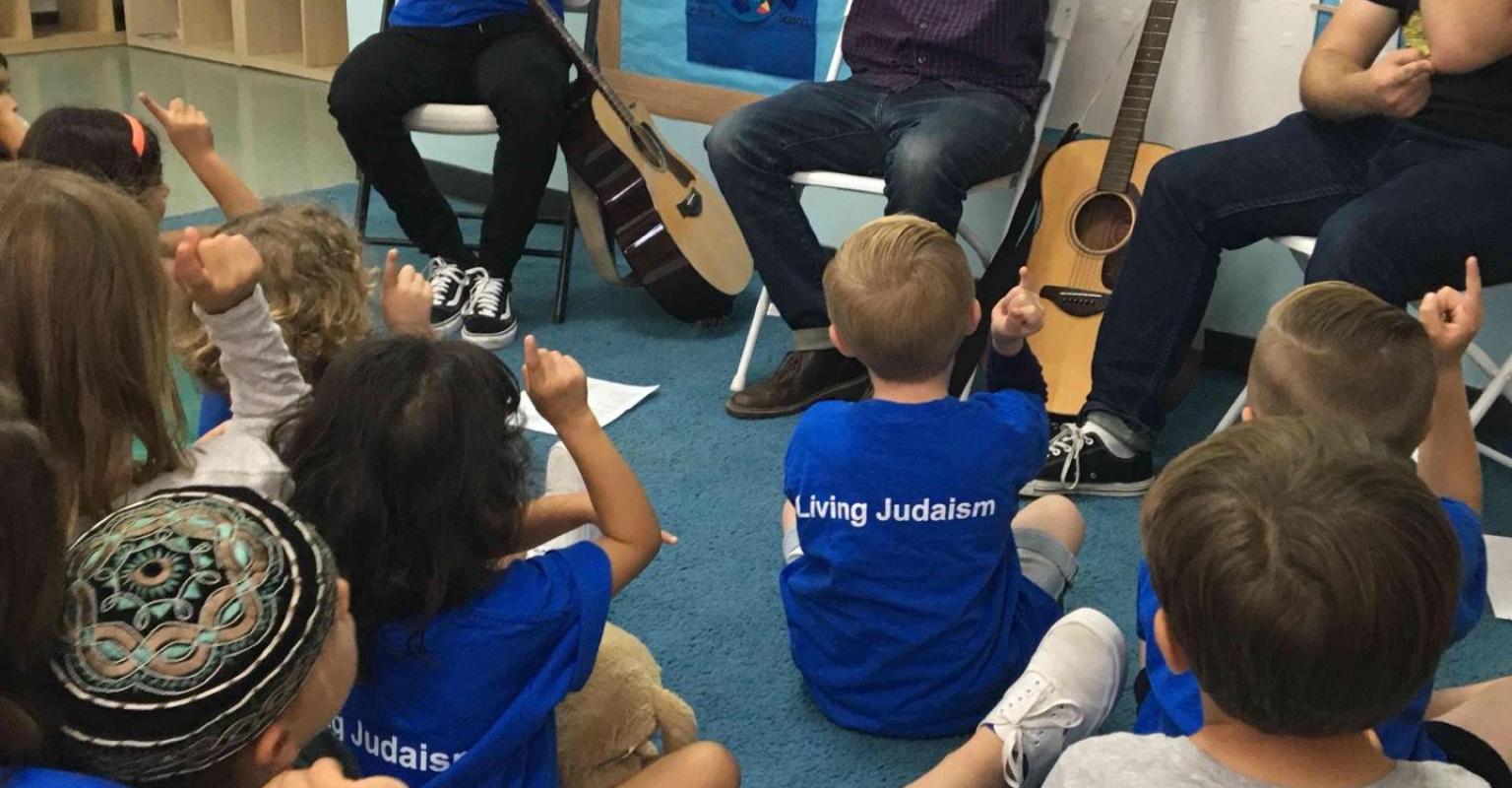Brave Classrooms: Confronting Bigotry and Hatred Online Course
This online mini-course is part of our Brave Classrooms Mini-Course series, designed to give educators the tools and support to help them discuss contemporary antisemitism in their middle and high school classroom settings. During this course we will take a closer look at specific contemporary manifestations of antisemitism and the impact it has on our students, our communities, and Democracy today.
- Antisemitism
- After School and Beyond
- Educator Training
- Camp
- Congregational Learning
- Day Schools and Yeshivas
Discover more
A resource library from Facing History and Ourselves

Temple Emanuel of the Pascack Valley (TEPV), Woodcliff Lake, NJ. This online, opt-in, home-based learning model for 7th-9th graders is a partnership with JETS Israel (Jerusalem EdTech Solutions).

Living Judaism is an all-inclusive experiential learning model of Jewish Education. The purpose of the model is to engage every learner, provide carefully constructed learning experiences, build a strong identity, root students firmly in tradition, and create memories to last for years to come.
